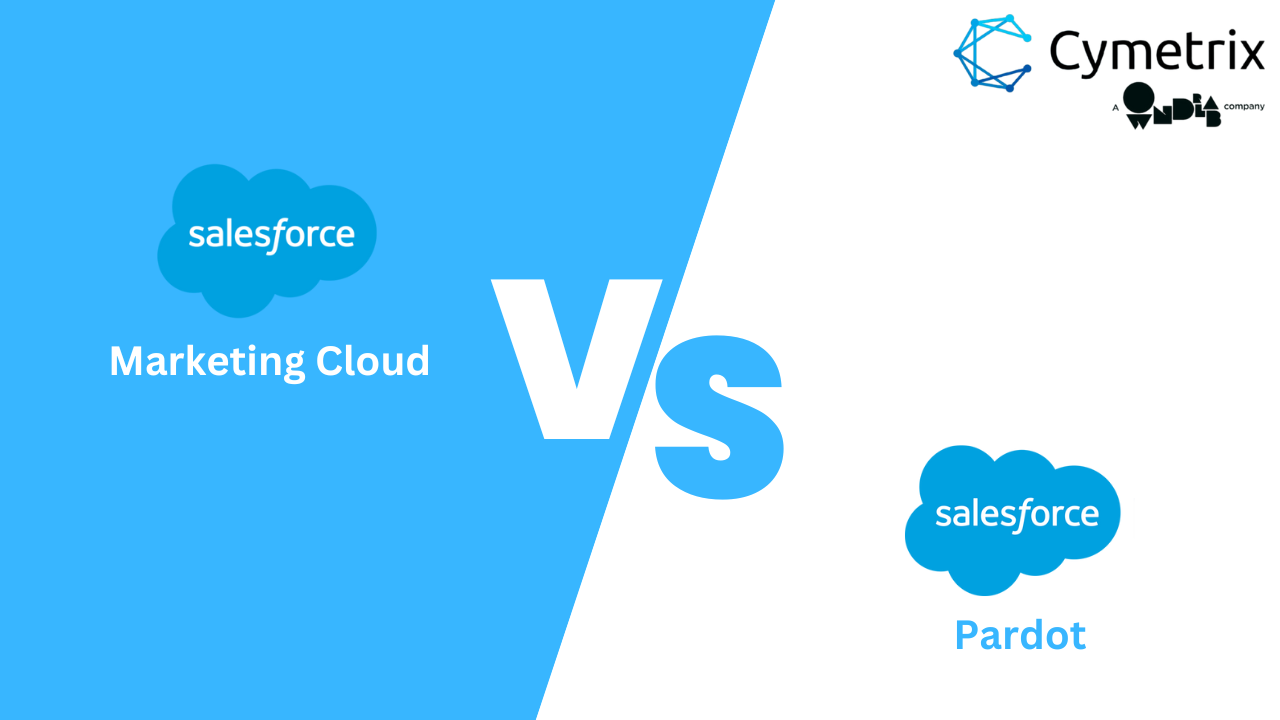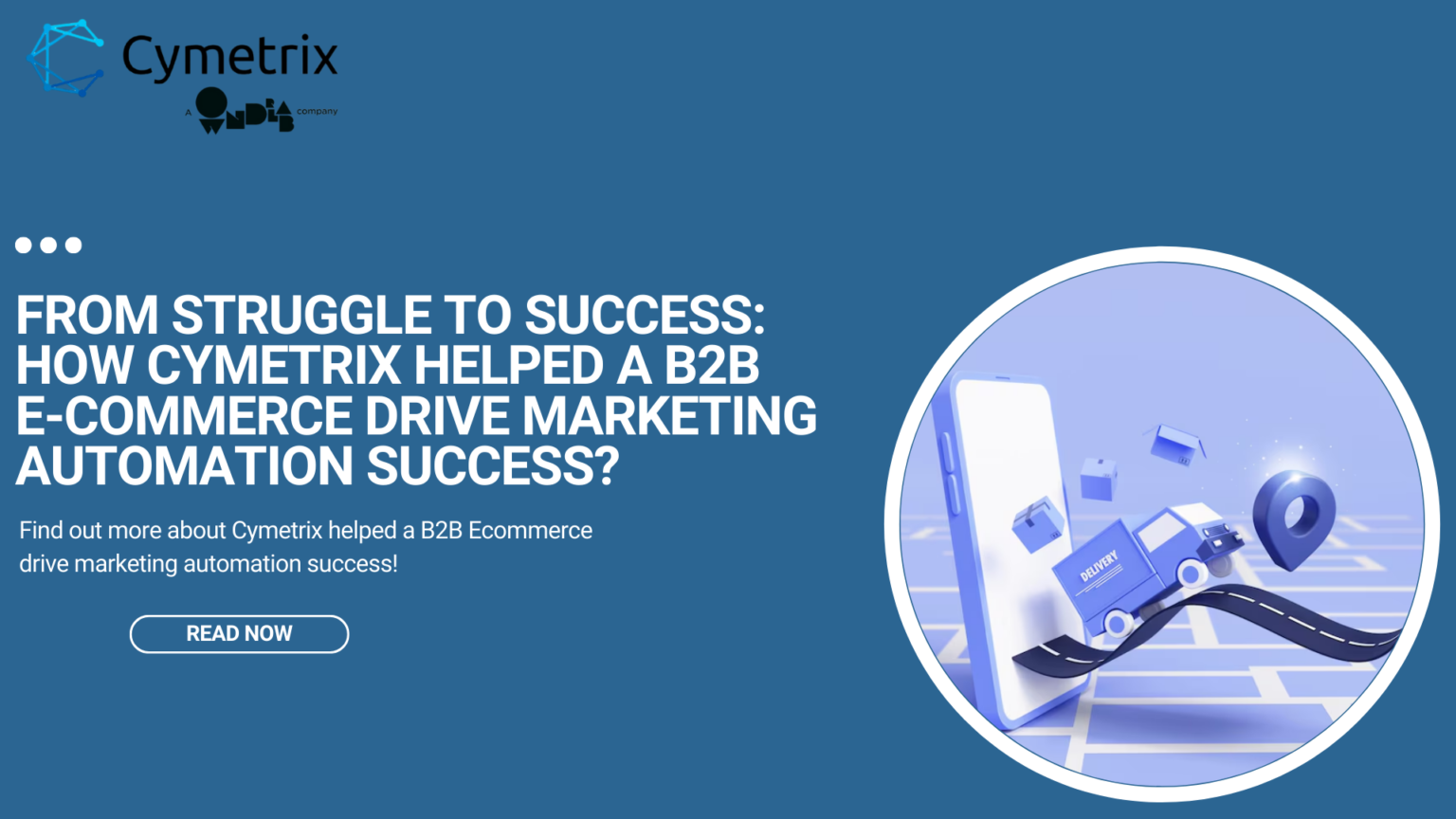
Introduction
The rise of quick commerce—delivering essentials in under 7 to 30 minutes—has redefined consumer expectations. With giants like Blinkit and Zepto setting the standard, businesses face immense pressure to balance speed, accuracy, and profitability.
Traditional e-commerce strategies fall short here; success in quick commerce hinges on real-time decision-making, hyper-local agility, and predictive precision. This is where AI and analytics become game-changers.
An advanced analytics strategy combined with machine learning algorithms enable dynamic route optimization and real-time delivery adjustments, ensuring orders reach doorsteps in as less as 7 minutes. Personalization engines, powered by AI, offer hyper-targeted product recommendations that boost basket sizes and customer loyalty.
As quick commerce players scale, they face challenges around sustainability, last-mile cost control, and margin compression—areas where AI and analytics provide not just insights but actionable solutions, setting the stage for a digital commerce transformation that’s both rapid and resilient.
Understanding Quick Commerce
Quick commerce represents a fundamental shift from traditional e-commerce models. While conventional online retail focuses on selection breadth and competitive pricing over delivery timelines, quick commerce prioritizes immediacy above all else. This shift creates operational challenges that traditional systems simply cannot address.
The core difference lies in the operational complexity. Traditional e-commerce can rely on centralized warehouses, predictable demand patterns, and flexible delivery windows. Quick commerce operates on razor-thin margins for error, requiring perfect synchronization between inventory management, demand prediction, and logistics execution—all within hyper-local markets measured in kilometers rather than regions.
Consider the inventory challenge alone: traditional e-commerce can afford to be wrong about demand forecasting because corrections can be made over days or weeks. In quick commerce, being wrong about demand for even a few hours can mean losing customers permanently. When a customer needs milk for their morning coffee and you can't deliver it in 10 minutes, they won't wait—they'll switch to a competitor who can.
Why Quick Commerce Isn’t Just “Faster E-Commerce”
Quick commerce operates on a razor’s edge:
- Micro-Fulfillment Networks: Inventory must be placed in hyper-local dark stores, not centralized warehouses.
- Perishable Goods: Stocking the right items in real-time to minimize waste (e.g., fresh produce).
- 15-Minute Promises: Routing deliveries dynamically amid traffic, weather, and order surges.
- Substitutions & Returns: Resolving issues quickly without hassle to retain trust.
Without AI or appropriate analytical setup, these challenges can spiral into delayed deliveries, stockouts, and customer churn.
Role of AI and analytics in Quick Commerce
AI-Driven Demand Forecasting & Inventory Management
Predictive Analytics for Demand Sensing
AI models ingest historical sales data, seasonality trends, local events, and even weather forecasts to anticipate demand surges down to specific neighborhoods. For instance, AI ML Consultants can help implement machine learning algorithms capable of forecasting item-level demand with up to 90% accuracy, enabling dark stores to pre-position stock where it’s needed most.
Automated Replenishment
When coupled with automated replenishment systems, these forecasts trigger purchase orders and inter-warehouse transfers in real time, minimizing stockouts and lowering carrying costs. Such integrations have helped Q-commerce firms reduce waste tremendously.
Optimizing Logistics & Last-Mile Delivery
Dynamic Route Optimization
Advance Inventory and logistics analytics solutions can help analyze live traffic data, rider availability, and delivery time windows to compute optimal routes on the fly. This not only accelerates delivery times but also reduces fuel consumption and operational expenses—critical factors when margins are tight.
Fleet Allocation & Real-Time Tracking
Using AI-powered fleet management, Q-commerce operators can dynamically allocate orders to the nearest available rider, balancing workloads and ensuring SLA adherence. Real-time tracking dashboards provide visibility into each delivery’s status, enabling proactive rerouting in case of delays.
Personalization & Customer Engagement
Hyper-Personalized Recommendations
AI recommendation engines leverage browsing patterns, past purchases, and contextual signals (e.g., time of day) to surface products most likely to convert. Personalization has been shown to increase average order value by 15–25%, as customers add impulse buys alongside essentials.
Conversational AI & Chatbots
Conversational AI interfaces enable customers to place orders via chat or voice, markedly reducing friction in the purchase journey. These bots also collect feedback and troubleshoot issues, freeing up customer service teams to focus on high-value interactions.
AI and Analytics Implementation Roadmap
Phase 1: Foundation Building
The journey toward AI-powered quick commerce begins with establishing solid data infrastructure. Organizations must assess their current data collection capabilities, storage systems, and analytics tools to identify gaps that would prevent successful AI implementation. This foundation phase typically involves upgrading data pipelines, implementing robust data governance practices, and ensuring data quality standards that support machine learning applications.
Core analytics implementation focuses on establishing key performance indicators specific to quick commerce operations. Traditional e-commerce metrics often prove inadequate for quick commerce environments, requiring new measurement frameworks that capture the unique operational dynamics of ultra-fast delivery services.
Basic AI model deployment starts with proven use cases that deliver immediate value while building organizational confidence in AI capabilities. Demand forecasting models for high-velocity products, basic route optimization algorithms, and simple personalization engines provide quick wins that demonstrate AI value and support more advanced implementations.
Phase 2: Advanced Optimization
Machine learning model sophistication increases as organizations gain experience and confidence with AI applications. Advanced forecasting models incorporate external data sources, sophisticated algorithms handle complex logistics optimization, and personalization engines become more nuanced in their customer understanding.
Real-time decision engine development enables dynamic responses to changing conditions. These systems can automatically adjust inventory allocation, modify delivery routes, update pricing, and personalize customer experiences based on real-time data streams. The ability to make intelligent decisions in real-time becomes a significant competitive advantage.
Cross-platform integration ensures AI insights flow seamlessly between different operational systems. Inventory management, customer service, marketing automation, and logistics platforms all benefit from shared AI intelligence, creating synergies that multiply the value of individual AI applications.
Phase 3: Competitive Advantage
Proprietary algorithm development creates unique competitive advantages that cannot be easily replicated. Organizations develop specialized AI capabilities tailored to their specific market conditions, customer base, and operational challenges. These custom solutions often become significant barriers to competitive copying.
Advanced predictive capabilities enable anticipatory commerce where AI systems predict customer needs and begin fulfillment processes before orders are placed. This represents the pinnacle of quick commerce optimization, where delivery times approach zero for predicted purchases.
Market expansion analytics support strategic growth decisions with sophisticated modeling of new market opportunities. AI systems evaluate competitive landscapes, regulatory environments, infrastructure requirements, and profitability projections to guide expansion investments.
Why Cymetrix for Quick Commerce AI & Analytics?
At Cymetrix, we specialize in end-to-end AI and Data Science consulting for quick commerce, offering:
- Custom Model Development: Tailored demand forecasting and prescriptive analytics models that align with your SKU mix and geography.
- Platform Integration: Seamless embedding of AI modules into existing order management and delivery platforms.
- Data Strategy & Governance: Scalable pipelines and best-practice governance to ensure data quality, compliance, and real-time insights.
- Continuous Optimization: Ongoing monitoring, retraining, and A/B testing to refine models and maintain competitive edge.
Conclusion
The quick commerce revolution is not slowing down—it's accelerating. Consumer expectations for ultra-fast delivery are becoming permanent fixtures in the retail landscape, and businesses that cannot meet these expectations will find themselves increasingly irrelevant. The question is not whether to invest in AI and analytics for quick commerce, but how quickly you can implement these capabilities to remain competitive.
The competitive landscape reality is stark: companies already leveraging AI in their quick commerce operations are pulling ahead rapidly. Their superior inventory management, optimized logistics, and personalized customer experiences create competitive advantages that become increasingly difficult to overcome. Every month of delay in AI implementation widens this competitive gap.
The urgency of AI adoption extends beyond competitive positioning to operational viability. But it’s not something that can be done without adequate expertise, experience and capabilities, something that Cymetrix can bring to the table. So, feel free to get in touch with our Data and AI Consultants and find out how their strategic expertise can help with AI adoption for your quickcommerce business.








